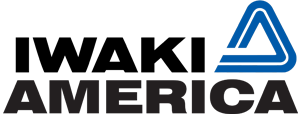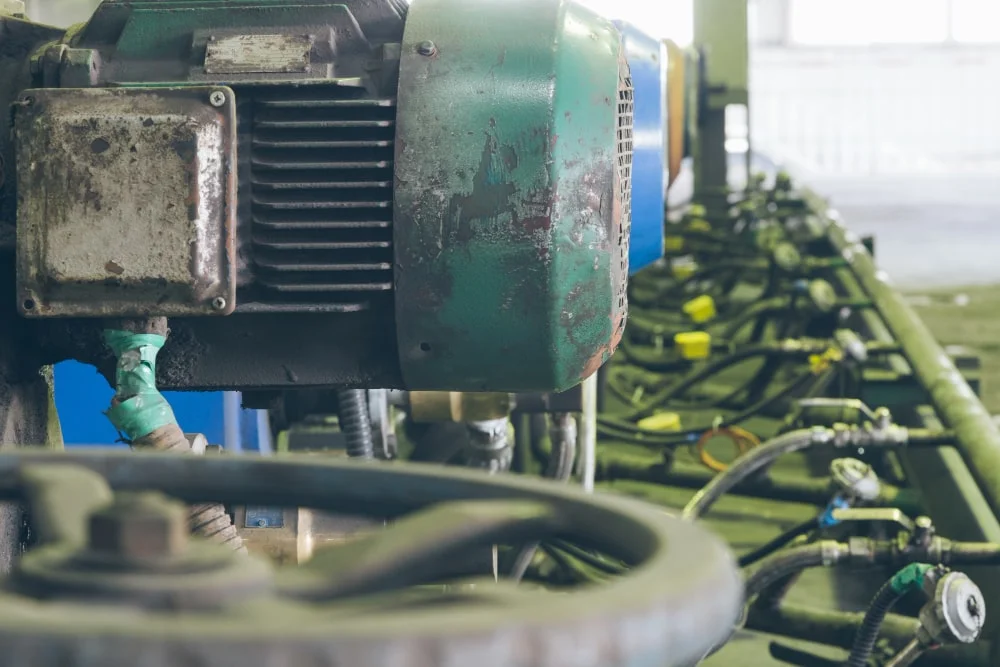In the intricate tapestry of industrial operations, characterized by the utmost importance of precision and reliability, industrial pumps play a vital role, in orchestrating the seamless flow of fluids critical to numerous processes. The efficient functioning of these vital components is a linchpin in ensuring the overall success of industrial endeavors. However, within the intricate interplay of gears and the steady hum of machinery, a silent menace frequently emerges—the phenomenon recognized as dry running.
As the lifeblood of industrial processes, pumps are entrusted with the responsibility of maintaining an uninterrupted flow of liquids. The term “dry running” encapsulates a scenario where these pumps operate without the essential lubrication or fluid they depend on. This can occur due to a variety of factors, including insufficient fluid levels, pump cavitation, or blockages within the pipeline system. While the absence of fluid might seem inconspicuous, its consequences can reverberate through the very core of industrial operations.
Understanding Dry Running in Industrial Pumps
Dry running, in the context of industrial pumps, refers to the operation of these machines without the presence of the intended liquid or lubricant. This can happen due to various factors, such as insufficient fluid levels, pump cavitation, or blockages in the pipelines.
Factors Leading to Dry Running Incidents
Insufficient fluid levels in the pump chamber: One common cause of dry running is insufficient fluid levels within the pump chamber. This can occur due to leaks, improper filling, or sudden drops in fluid levels. When fluid levels are inadequate, the pump lacks the necessary lubrication to reduce friction and dissipate heat, leading to increased wear on components.
Pump cavitation causing the formation of vapor bubbles: Cavitation occurs when the pressure within the pump drops to the vapor pressure of the liquid, causing the formation of vapor bubbles. As these bubbles collapse, they create shockwaves that can erode pump components. Cavitation not only contributes to dry running by disrupting the fluid flow but also results in mechanical damage to impellers, causing pitting and reduced efficiency.
Blockages or restrictions in the fluid supply lines: Obstructions in the fluid supply lines, such as debris, sediment, or foreign objects, can impede the flow of liquid to the pump. Reduced or blocked fluid flow hinders the pump’s ability to maintain proper lubrication, potentially leading to dry running. It also increases the risk of damage to the pump and associated components.
The Consequences of Dry Running
Dry running inflicts severe mechanical damage on pump components, accelerating wear on critical parts like bearings and impellers. This leads to premature failures, increased energy consumption, operational costs, and a tangible dip in system efficiency, impacting overall productivity.
Mechanical Damage to Pump Components
Dry running can lead to severe mechanical damage to pump components. The absence of lubrication causes increased friction and wear, resulting in premature failure of bearings, seals, and other vital parts.
Increased Energy Consumption and Operational Costs
The inefficiencies introduced by dry running contribute to heightened energy consumption and operational costs. Pumps operating under such conditions require more power to overcome increased friction, leading to a financial burden for industrial facilities.
Impact on System Efficiency and Productivity
Beyond the direct damage to the pump, dry running can disrupt the entire industrial system. Reduced pump efficiency translates to diminished overall productivity, affecting manufacturing processes and timelines.
Preventive Measures
Effective prevention against dry running involves a multi-faceted approach. Regular maintenance and inspection protocols ensure fluid levels are sustained, while reliable monitoring systems provide early detection. Proper pump sizing and system design considerations are pivotal in minimizing the risk of dry running incidents.
Regular Maintenance and Inspection Protocols
Implementing routine maintenance schedules and thorough inspection protocols is fundamental to preventing dry running. Regular checks ensure that fluid levels are adequate, and potential issues are identified before they escalate.
Implementing Reliable Monitoring Systems
Investing in advanced monitoring systems allows for real-time tracking of pump performance. These systems can detect anomalies, such as reduced flow rates or abnormal vibrations, signaling potential dry running conditions.
Proper Pump Sizing and System Design Considerations
Properly sizing pumps and designing systems with consideration for optimal performance are critical preventive measures. Adequate fluid flow, well-designed pipelines, and properly sized pumps contribute to the prevention of dry running incidents.
Utilizing Dry Running Pump
Utilizing a pump specifically designed for dry running conditions can be an effective preventive measure. These pumps are engineered with features such as enhanced cooling mechanisms and materials that can withstand the challenges posed by dry running scenarios. The use of dry running pumps minimizes the risk of damage and wear under conditions where fluid lubrication may be compromised. It adds an extra layer of protection to industrial processes, especially in situations where occasional dry running is unavoidable.
Technological Solutions
Combatting dry running involves leveraging advanced technologies. Sensors and control systems offer early detection, while automatic shutdown mechanisms and safety features act as proactive measures, collectively safeguarding industrial pumps.
Overview of Advanced Technologies for Dry Running Protection: Technologies such as vibration sensors, flow meters, and pressure sensors play a crucial role in preventing dry running. These advanced systems provide early detection and can trigger automatic responses to protect the pump.
Sensor and Control Systems for Early Detection: Sensor systems continuously monitor pump conditions, detecting variations that indicate potential dry running. Advanced control systems can then intervene, either by alerting operators or triggering automatic shutdown mechanisms.
Automatic Shutdown Mechanisms and Safety Features: Automatic shutdown mechanisms are designed to halt pump operation in the event of dry running detection. These safety features prevent further damage and give operators the opportunity to address the issue before resuming normal operation.
Industry Best Practices
Adherence to industry best practices is paramount for preserving pump performance. This includes compliance with regulatory standards, collaboration with manufacturers, and the implementation of proactive maintenance measures. Following these guidelines ensures the longevity and efficiency of industrial pump systems:
Recommendations from Industry Experts and Organizations: Industry experts emphasize the importance of proactive measures in pump maintenance. Following recommended practices ensures the longevity and reliability of industrial pumps.
Compliance with Regulatory Standards and Guidelines: Adhering to regulatory standards and guidelines is not only a legal requirement but also a crucial aspect of ensuring the safe and efficient operation of industrial pumps. Compliance contributes to the overall integrity of industrial processes.
Collaboration with Manufacturers and Suppliers: Establishing strong collaborations with pump manufacturers and suppliers is key to optimal pump performance. Regular communication and adherence to recommended maintenance practices contribute to the preservation of pump integrity.
Frequently Asked Questions (FAQs)
What is the primary role of industrial pumps in manufacturing processes?
Industrial pumps play a critical role in maintaining the flow of fluids, such as liquids and gases, within various manufacturing processes. They are essential for ensuring the smooth operation of equipment and systems.
How can I identify if my industrial pump is experiencing dry running?
Common signs include abnormal vibrations, increased noise, reduced flow rates, and elevated temperatures. Implementing monitoring systems can provide early detection and prevent severe damage.
Why is compliance with regulatory standards emphasized in industry best practices?
Compliance ensures that industrial facilities adhere to safety and performance standards, reducing the risk of incidents like dry running. It also contributes to the overall reliability and integrity of industrial processes.
How frequently should preventive maintenance be conducted on industrial pumps?
The frequency of maintenance depends on factors such as the type of pump, operating conditions, and manufacturer recommendations. Regular inspections, however, are crucial to identify potential issues before they escalate.
Conclusion
In the realm of industrial operations, the impact of dry running on pump performance cannot be overstated. The consequences, ranging from mechanical damage to increased operational costs, highlight the critical need for preventive measures. Through regular maintenance, advanced monitoring technologies, and adherence to industry best practices, industrial facilities can ensure the longevity and efficiency of their pump systems.



Videos